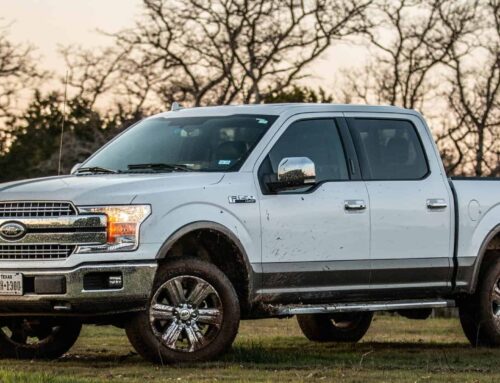Who is Considered a High Risk Driver?
Who is Considered a High Risk Driver? Those who have been labeled as a high risk driver can find it challenging and burdensome when it’s time to budget and purchase car insurance. Knowing the situation that has been created and where you fit in as a high-risk driver, will help this process remain less challenging.
Most, if not all, states will require that each driver hold a minimum of liability coverage to maintain a license and drive a vehicle. Auto insurance companies are permitted to deny someone coverage if they have decided that a certain driver might be too high of a risk to cover.
Two large challenges faced by high-risk drivers are that an insurance company might not cover you and, if they choose to, you’re premiums will be much higher than a low-risk driver.
Since a high risk driver is, according to the insurance company, more likely to file a claim, insurance companies will manage their risk by charging higher premiums as, they believe, high risk drivers may cost the insurance company more than what they will profit on that particular client.
While there is no one static definition as to what, specifically, will classify an individual as a high-risk driver, there are several definitions as to describe the type of driver that will end up being classified as high risk.
If you are convicted for driving under the influence of alcohol or drugs (DUI/DWI), you will be classified as a high risk driver and you will be subject for fines and penalties. In addition to your classification as a high risk driver, increased car insurance rates and the possibility of auto-insurance companies denying you coverage.
Most, if not all, states will keep your DUI conviction on your driving record for at least 3 years. If you’re convicted, you will remain high risk for at least 3 years (or however long the DUI conviction remains on your record).
In addition to DUI/DWI, if you are caught speeding excessively, participating in Illegal Street racing or reckless driving, or traffic violation where in the result is death; you will be labeled a high-risk driver. :
- When it comes to accidents, a small rear end collision here and there will probably not affect your insurance premium. Serious accidents, though, are different. An accident that results in injury or a large amount of property damage, could be labeled as a serious accident. It depends on the state’s laws as to how serious an accident is labeled.
- Any serious accident could label you as a high-risk driver, but, it is best to consult with an insurance provider to assess how, exactly, the accident will affect your insurance premium or classification as a driver.
- Another way you could be classified as a high risk driver is having a high volume of traffic violations and/or accidents. This high volume will increase your premiums and your classification as a driver.
Auto-insurance companies are typically more interested in violations from the last 5 years. Regulations differ state to state, though, and your state may allow an insurance company to look at a period extending beyond that five year period.
If you’re a brand new driver, you could also be considered a high-risk driver. Lack of experience behind the wheel and lack of car insurance history, will make an auto-insurance company classify you as a high risk driver.
Data over the years have shown auto-insurance companies that young or new drivers have an increased chance of being involved in a car accident when compared to more experienced drivers.
Drivers who are under the age of 18 can avoid high insurance premiums by having the parents add them to their insurance policies. Parents should expect, though, for their insurance premiums to increase.
If you’ve had a lapse in car insurance coverage, you can also be considered a high risk driver.
Letting your insurance lapse is not wise for several reasons:
- It is illegal to drive without insurance.
- Being involved in an accident and having zero insurance coverage can cause tremendous financial challenges.
- auto-Insurance companies have seen that those who don’t maintain consistent financial responsibility is a strong indicator or risk.
Older drivers (70 or above)
Older drivers also face the possibility of being classified as a high risk driver. Auto-insurance companies have seen many drivers in this age category experience the following hindrances:
- Required level of motor skills diminished
- Required vision diminished
- Required reflexes diminished.
Overall, if you are classified as a high risk driver or if you meet any of the criteria above, always shop around for the best rates. If you required to file for SR 22 insurance – use our online quote form to get best rates on a market.






